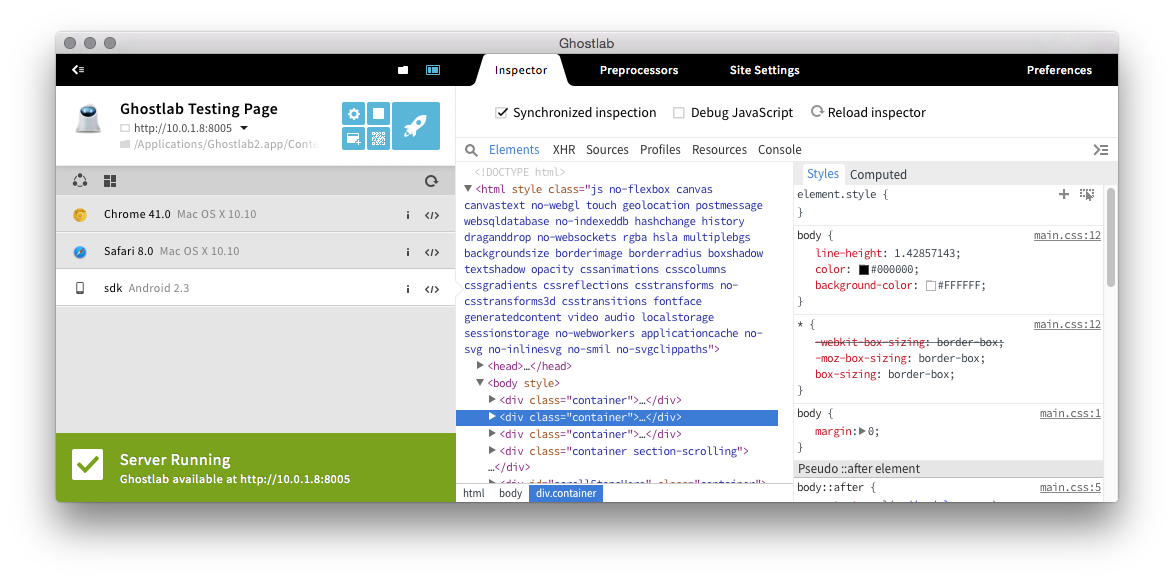
Responsive web design also aims for content prioritization which basically means that users should see the same content with the same ease whether they are viewing the site on a desktop or a smartphone.īut responsive web design is not only about adjustable screen resolutions or resizing images - at its deepest level, responsive web design represents a shift in how developers think and go about the design stage of a website.Īll of these goals are a sample of what responsive web design strives for, which is a user-friendly web experience that adapts and responds effortlessly. Testing is important to try out the usability experience across platforms. This means that developers and designers should focus on how the user experience is affected by rearranging and shuffling items around when designing for responsiveness.

As the opposite solution, the website redirects users to the mobile site, which is separately hosted and different from the desktop version, so-called Adaptive web design (AWD).Īnother goal of responsive web design is the creation of positive user experience across devices. In essence, the website must be capable of automatically adjusting and adapting to different devices seamlessly.

Goals and common problems with responsive web designĪt the center and spotlight, the main goal of responsive web design is websites that automatically adapt to different devices without hindering their look and feel. If a website or web portal is not using responsive web design then some types of devices, usually smartphones and tablets, show the wrong placement of user interface components or the website becomes dysfunctional. With these benefits in mind, let’s review the goals and common challenges of responsive web design. Responsive web design has been heavily adopted by organizations who want to strengthen their presence across numerous devices as it offers a consistent user experience and display and easy maintenance of the site. It includes features that control the width, height, orientation, aspect ratio, and more.

It is based on percentages and uses relative sizing to fit content into the screen of a device. Fluid grids: A fluid grid-based layout is the first ingredient of responsive web design that departs from traditional pixel-based design principles.Let’s take a look at the responsive web design definition: “Responsive web design (RWD) or responsive design is an approach to web design that aims to make web pages render well on a variety of devices and window or screen sizes from minimum to maximum display size to ensure usability and satisfaction.” According to Ethan Marcotte’s article, the three technical ingredients for responsive web design are fluid grids, flexible images, and media queries. According to Ethan Marcotte’s article, the three technical ingredients for responsive web design are fluid grids, flexible images, and media queries. Originally described back in 2010 by Ethan Marcotte in A List Apart, Responsive Web Design (RWD) is first and foremost an approach designed to create a web page that responds to the type of device on which it is being used.

Responsive Web Design Testing What is responsive web design?


 0 kommentar(er)
0 kommentar(er)
